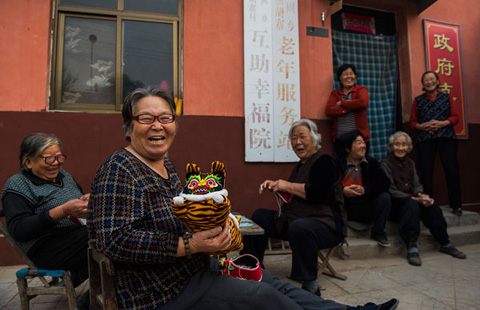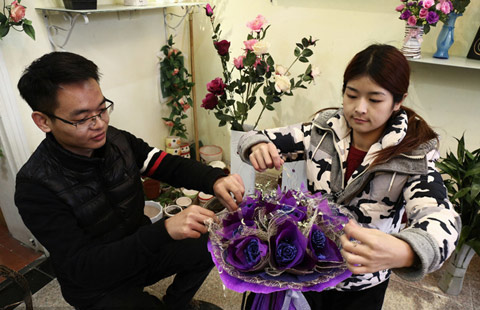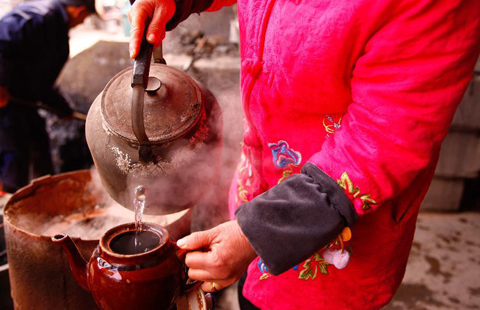Carestream builds image with rural program
By WANG ZHUOQIONG (China Daily) Updated: 2014-12-10 10:48United States-based Carestream Health Inc, the provider of medical and dental imaging systems and information technology solutions, is working with the National Health and Family Planning Commission to offer training to doctors at the grassroots level.
The goal is to improve local medical and health conditions and save costs for rural residents seeking a diagnosis.
The project covers 832 counties in 22 provinces that are under the country's poverty alleviation program. The focus is on county-level health administrative and management personnel and medical officials.
Wang Pei'an, deputy director of the commission, said the program has been targeting the challenges in poverty-stricken areas and solving problems such as the shortage of doctors and inefficiency of medical and technical services at the grassroots level.
Training subjects range from national policies to the management of grassroots medical organizations, from diagnostic skills to remote medical services.
With an investment of 10 million yuan ($1.63 million) from Carestream Health Inc, the program is expected to run for five years.
Liu Jie, vice-president of Carestream China and emerging markets, said the company's projects are intended to help resolve the shortage of medical service personnel at the grassroots level.
Providing hardware is far from enough, he said. It is crucial to improve the capacity to provide better medical services in remote and poverty-stricken areas.
Kevin Hobert, chief executive officer of Carestream Health, said: "We have great IT systems, products and solutions that can help with training and help to raise living standards through good healthcare, among other things."
One of the major challenges the project faces is providing training and skill development to local health care personnel.
"It is not easy, but we have been able to put technology solutions in place to be able to use the equipment and do diagnosis locally, and we have also been able to put technology into remote diagnostic support and remote training support projects," said Hobert.
The Ningxia project started in 2007 with an investment of 10 million yuan. By 2011, Carestream had provided support to many facilities including four village-level health clinics and six county-level hospitals to upload challenging medical results through their remote digital medical imaging diagnosis system.
Farmers who received treatment based on such remote diagnostic systems cut their costs by 87 percent and the time needed for their cases fell by 53 percent, according to Carestream.
Through its projects in the past seven years, the company has found markets not only among high-end customers but also in more affordable facilities. "We have become closer to our end-users thanks to these projects, where we learned their needs," said Liu.
Efforts to improve rural medical services have offered Carestream access to market growth, he said, as well as a chance for residents in remote and impoverished areas to get in touch with the latest medical technology and services.
- Cash crunch fans expectation on RRR cut
- US extends antidumping duties on China's thermal paper
- Modern food van with ancient look in Shanghai
- China home prices continue to cool in November
- Asia's top 3 billionaires all Chinese
- Old investment remedy the treatment for China's "new normal"
- China's solar sector opposes US anti-dumping ruling
- BMW to recall 846 cars in China
















